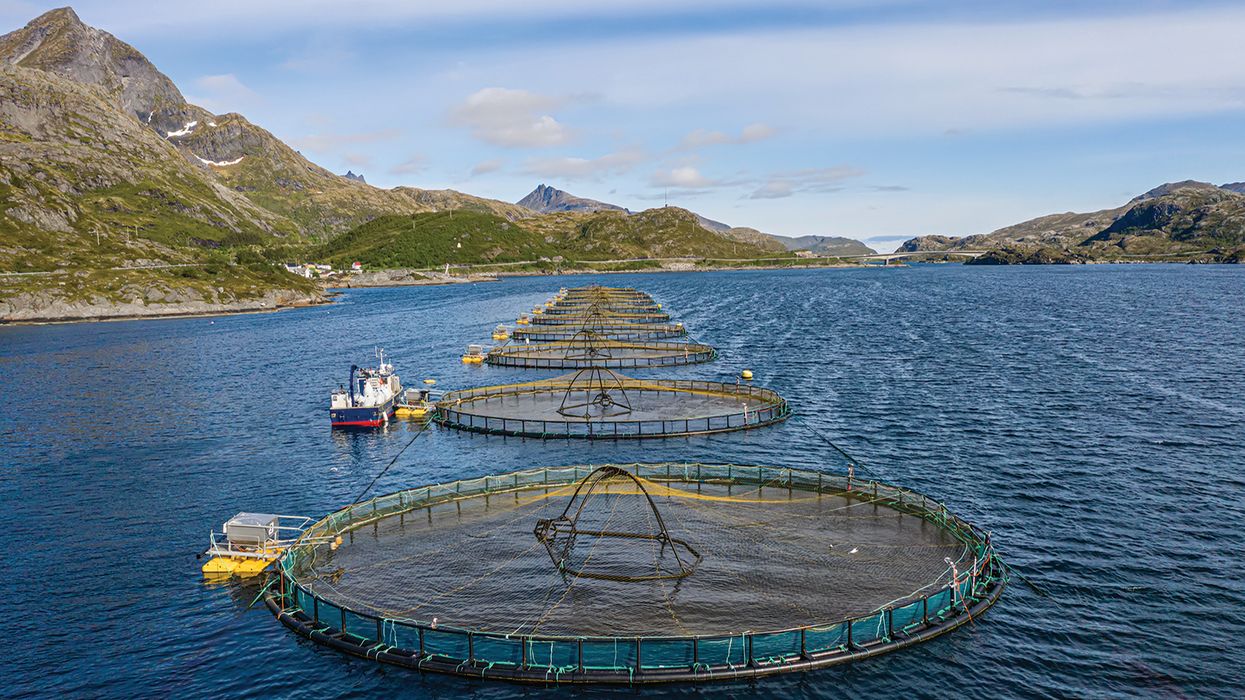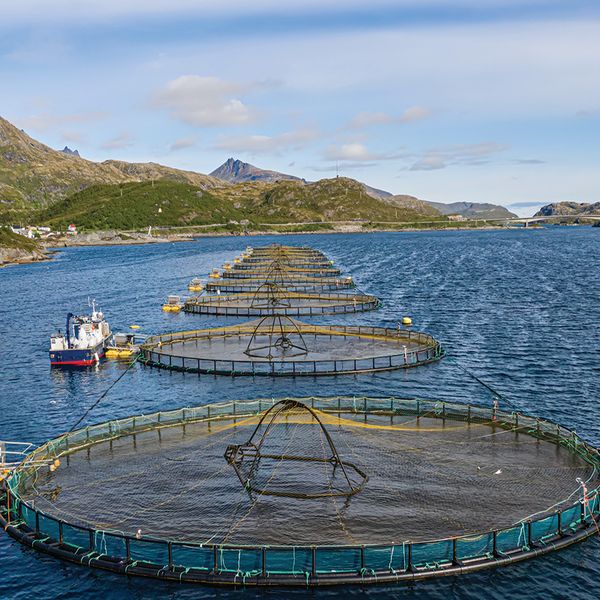Endangered and threatened wildlife and plant changes
The U.S. Fish and Wildlife Service (USFWS) initiated 5-year status reviews for 167 species in Oregon, Washington, Idaho, Montana, California, Hawaii, Guam, and the Northern Mariana Islands under the Endangered Species Act of 1973. The review includes 4 birds, 1 reptile, 50 snails, 9 insects, and 103 plants. A 5-year status review is based on the best scientific and commercial data currently obtainable. Because of this, the USFWS seeks new species information that has become available since the last review. This information includes species biology, habitat conditions, conservation measures, and threat status and trends.
This status review is not the only recent change regarding threatened and endangered species. The USFWS proposed to list four species of Eurasian sturgeon as endangered species under the Act as well. USFWS found that listing was warranted after a review of existing scientific and commercial information. If finalized, the Russian, ship, Persian, and stellate sturgeon would all be protected and added to the List of Endangered and Threatened Wildlife. The USFWS also amended the List by removing the coral Siderastrea glynni. This delisting was effective January 31, 2022.
It is important to stay updated on what species are listed as threatened and endangered since the Endangered Species Act prohibits the import, export, or taking of wildlife and plants that are listed as threatened or endangered. A permit can allow certain actions affecting protected species and their habitats. The different types of permits include incidental take permits, enhancement of survival permits, and recovery and interstate commerce permits. If the four species of Eurasian sturgeon get approved as endangered, if you carry out a lawful activity that could cause the take of the sturgeons, for example, you will need to apply for an incidental take permit.



















































